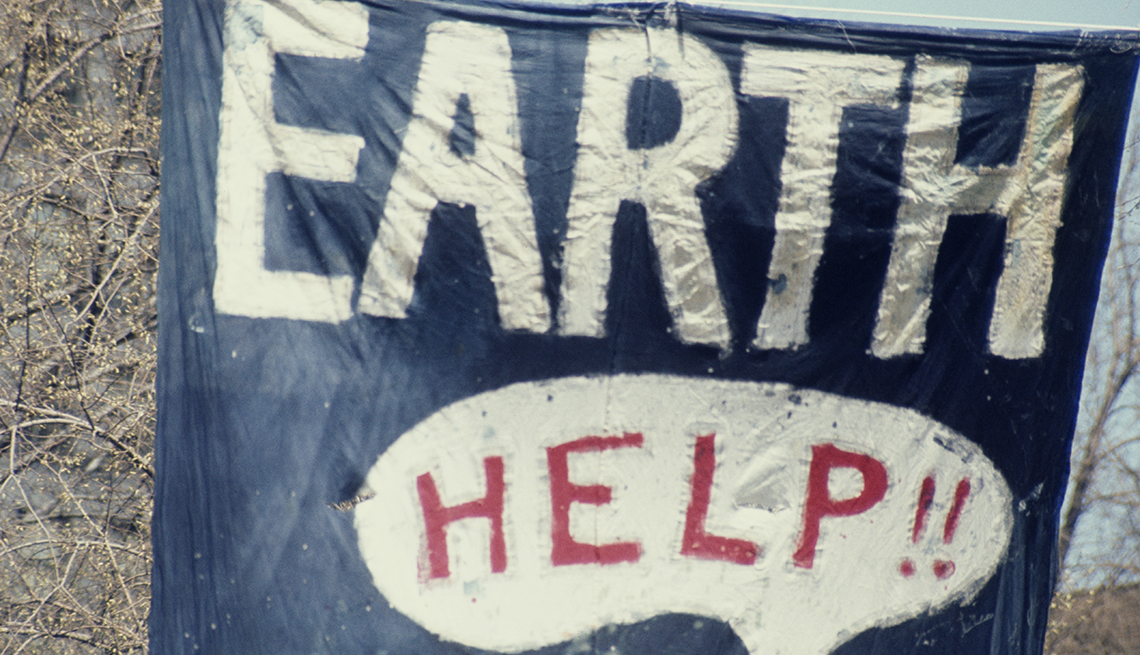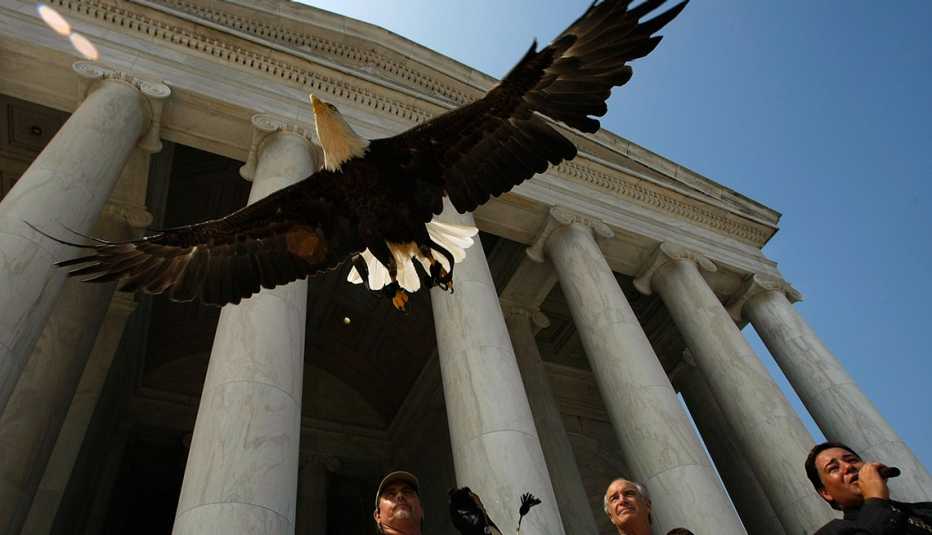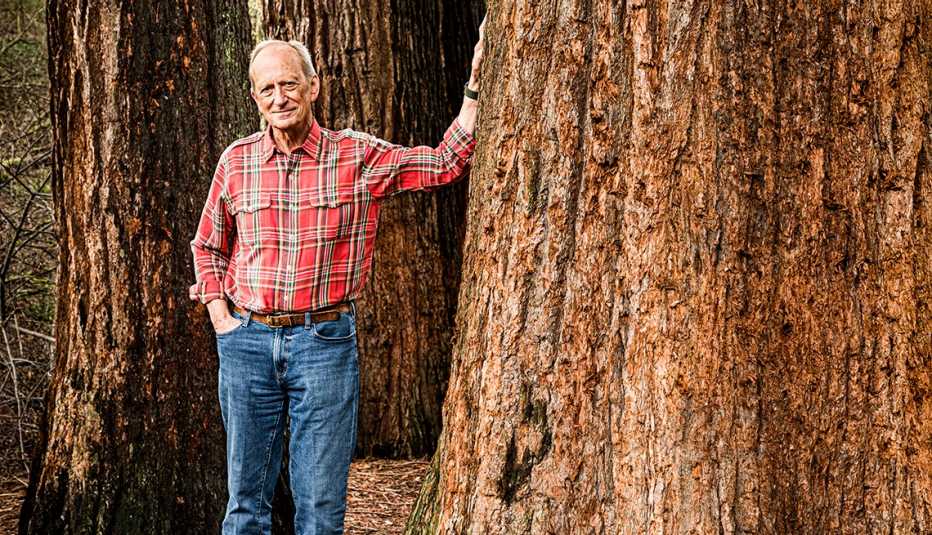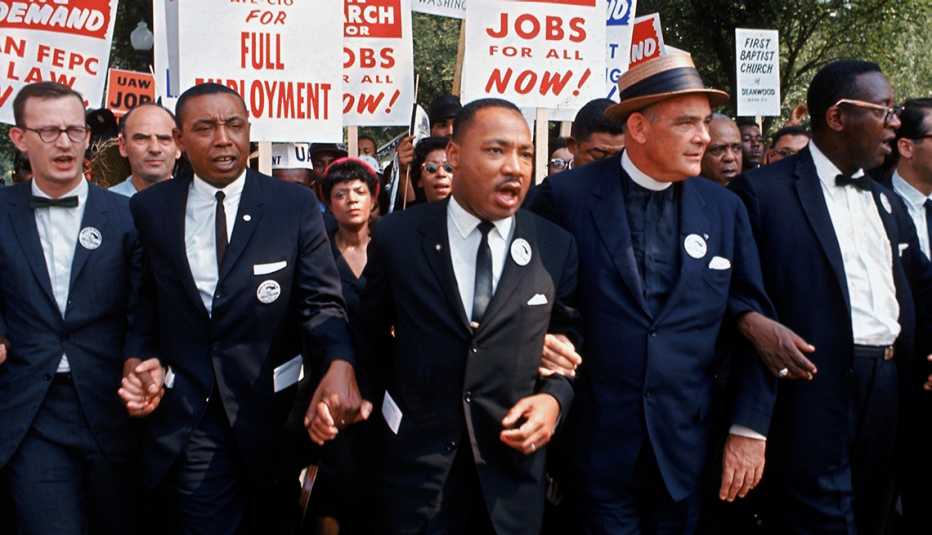AARP Hearing Center
It's been 50 years since the first Earth Day was celebrated in the United States — April 22, 1970. This occasion is now observed annually by 1 billion people in more than 190 countries.
While environmental concerns have evolved over the past five decades — from reducing air pollution to saving endangered wildlife to countering global warming — Earth Day continues to serve as a reminder to protect the planet, both now and in the future.
1962: Silent Spring sends shock waves.
Author and marine biologist Rachel Carson sounds the alarm on the ill effects of DDT and other pesticides in this best-selling book, which kick-starts the modern environmental movement.
1970: First Earth Day attracts millions.
Twenty million Americans take part in the first Earth Day. A large-scale demonstration of environmental activism, the observance leads to the creation of the U.S. Environmental Protection Agency (EPA) and legislation including the Clean Air Act.
1980: Recycling goes curbside.
Although not a new concept, especially to those who lived through World War II, recycling takes on a new life in 1980, when Woodbury, New Jersey, becomes the first town to make its curbside-pickup program mandatory for residents.




































































